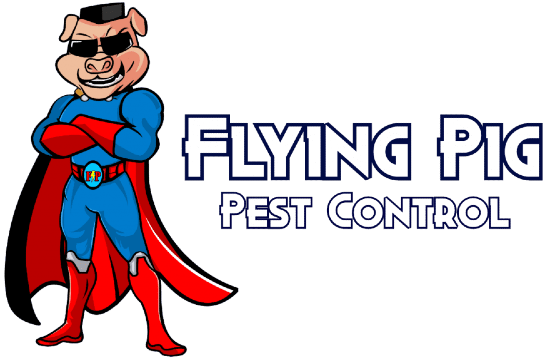Homeowners needing termite treatment are faced with needing a costly but necessary treatment. Options for treatment vary, but there are main methods: conventional soil treatment and termite baiting; both are popular and effective.
Conventional Soil Treatment
A soil treatment injects liquid termiticide into the soil around the structure’s foundation. This method forms a continuous barrier around the perimeter. Termites meet their fate by passing through the material or are repelled away from the foundation. A common termiticide today contains the active ingredient Fipronil, which has long-standing, proven effectiveness in protecting the structure from termites.
A small trench is dug next to the foundation. The termiticide is applied to the soil, and the trench is backfilled with the soil. Where a slab such as a porch is next to the foundation, holes (about 1/2 inch) are drilled. The termiticide is injected beneath the slab next to the foundation. The holes are patched after treatment.
In some instances, this presents a problem for the homeowner, as they do not want holes drilled because it negatively affects the appearance of the slab. An example of this would be a patio paved with something other than regular cement or made from decorative pavers. Homeowners may opt to have a termite baiting system installed instead.
A good termiticide lasts for several years in the soil, so long as the soil is not disturbed. Since this method is usually a one-time treatment, many homeowners favor this method.
Termite Baiting
Termite baiting involves the placement of bait stations installed around the structure. They are usually placed within a few feet of the foundation. In many cases, stations are installed just outside the drip line but as close to the structure as possible.
Termite baiting does not require liquid chemicals, so some prefer this system over conventional soil treatment. It is also considered the “greener” option of termite control.
Termites locate the bait stations by foraging through the soil. The station includes either a “monitoring device,” usually a soft wood, or may contain bait with an active ingredient. The termite colony consists of mainly worker termites, who forage for food to feed the colony. The colony depends on worker termites for its survival. When the workers find the “food,” they mark a trail with a pheromone that alerts the other worker termites of the food source. More worker termites follow the trail, consuming the food and spreading it to the colony by feeding the soldiers, supplemental reproductive termites, and the queen.
Wood Treatment
In some cases, a wood treatment is preferred, where a termiticide is applied directly to wood, preventing termites from consuming it. This method is usually used in conjunction with another treatment method.
The Best Termite Treatment Option
Conventional soil treatments or baiting are used most often, but which is the most effective? It depends. Both treatments are effective, so it comes downs to homeowner preference and conditions around the structure. Regardless, the diligent homeowner will employ a competent, licensed professional.
——-
Want some guidance on which method to use to protect your home from termites? Need an inspection? Read more about our programs, or Call or Text Us at (513) 993-5455. Feel free to text us with questions and photos.
